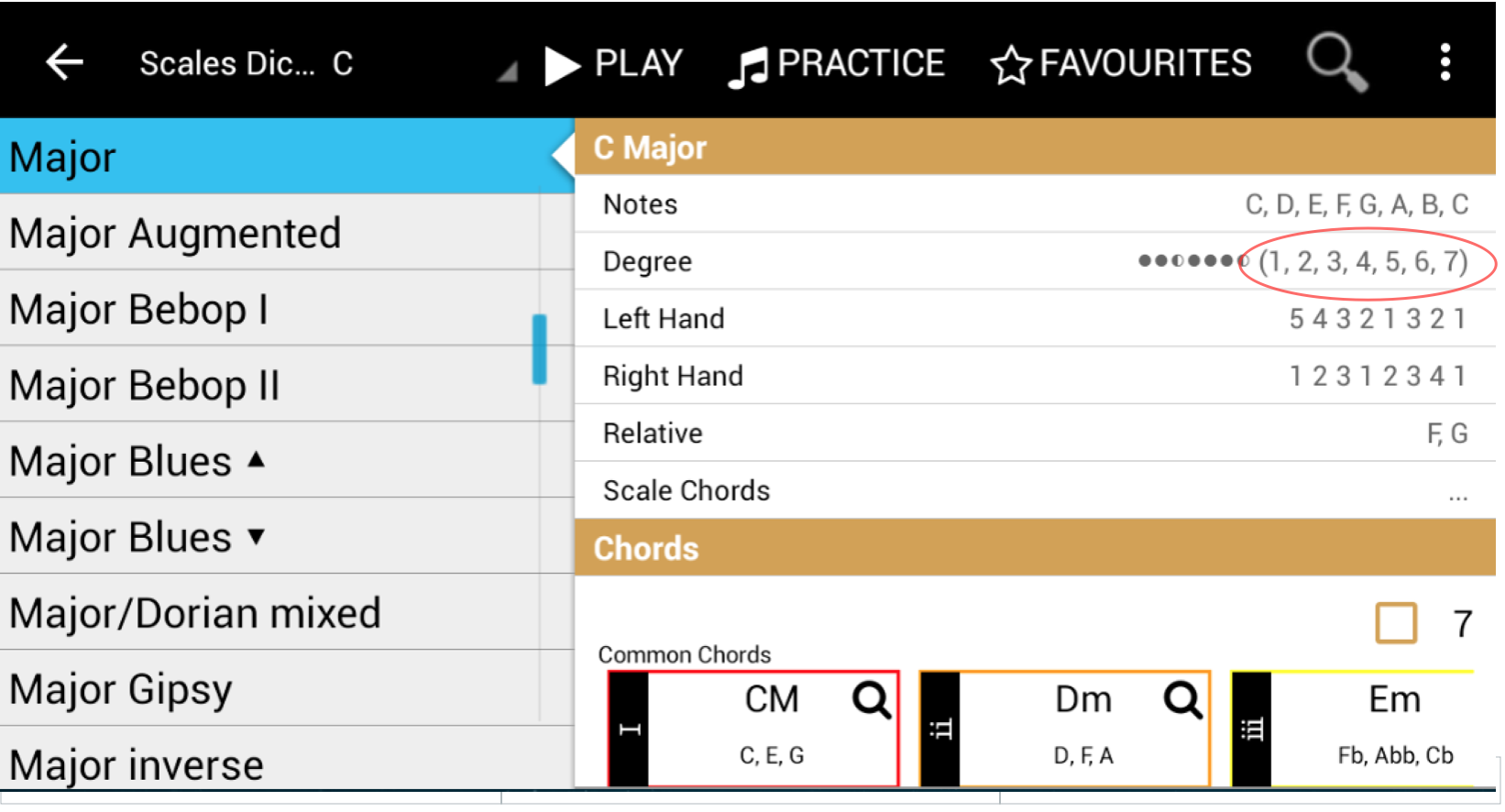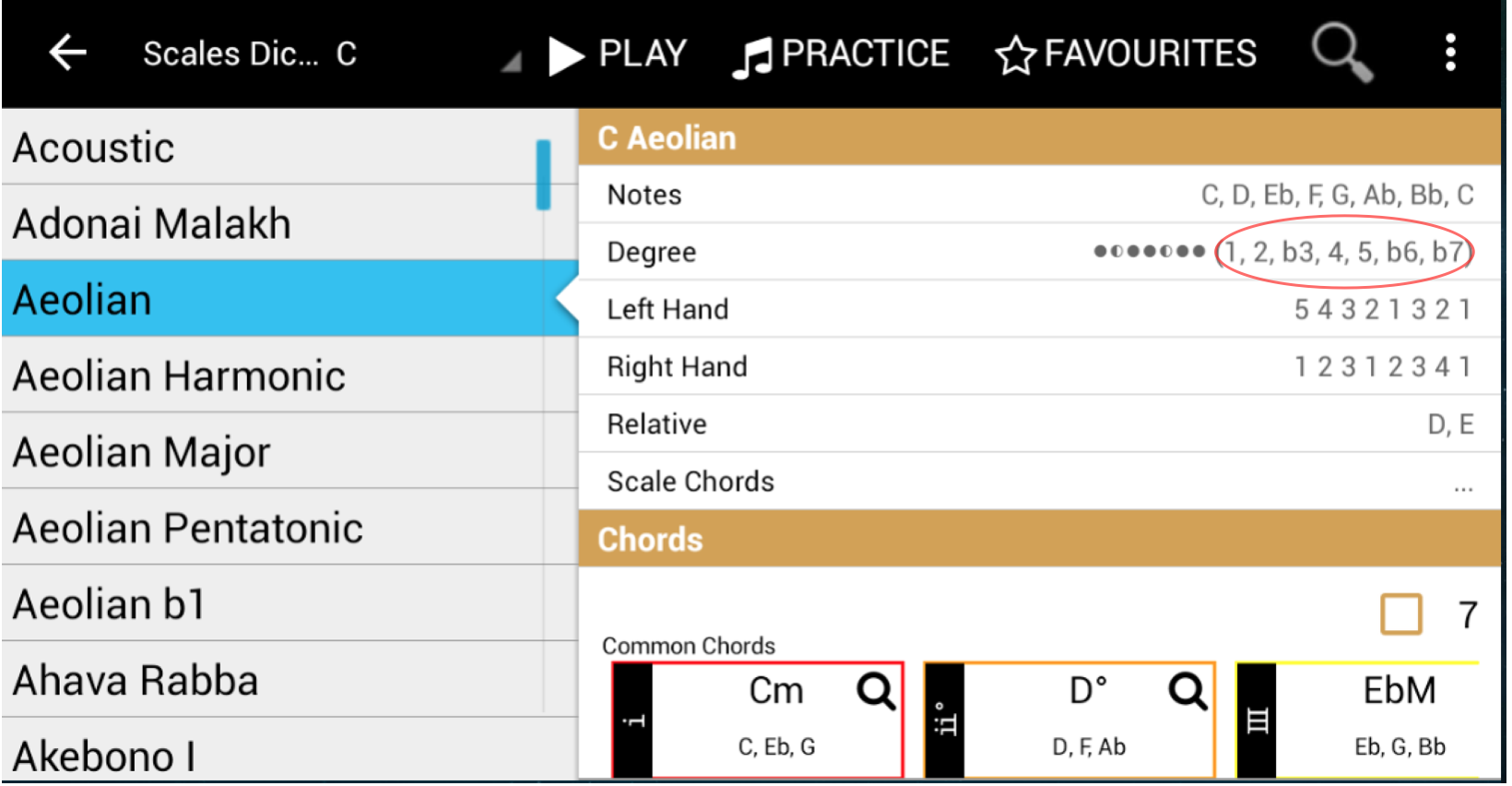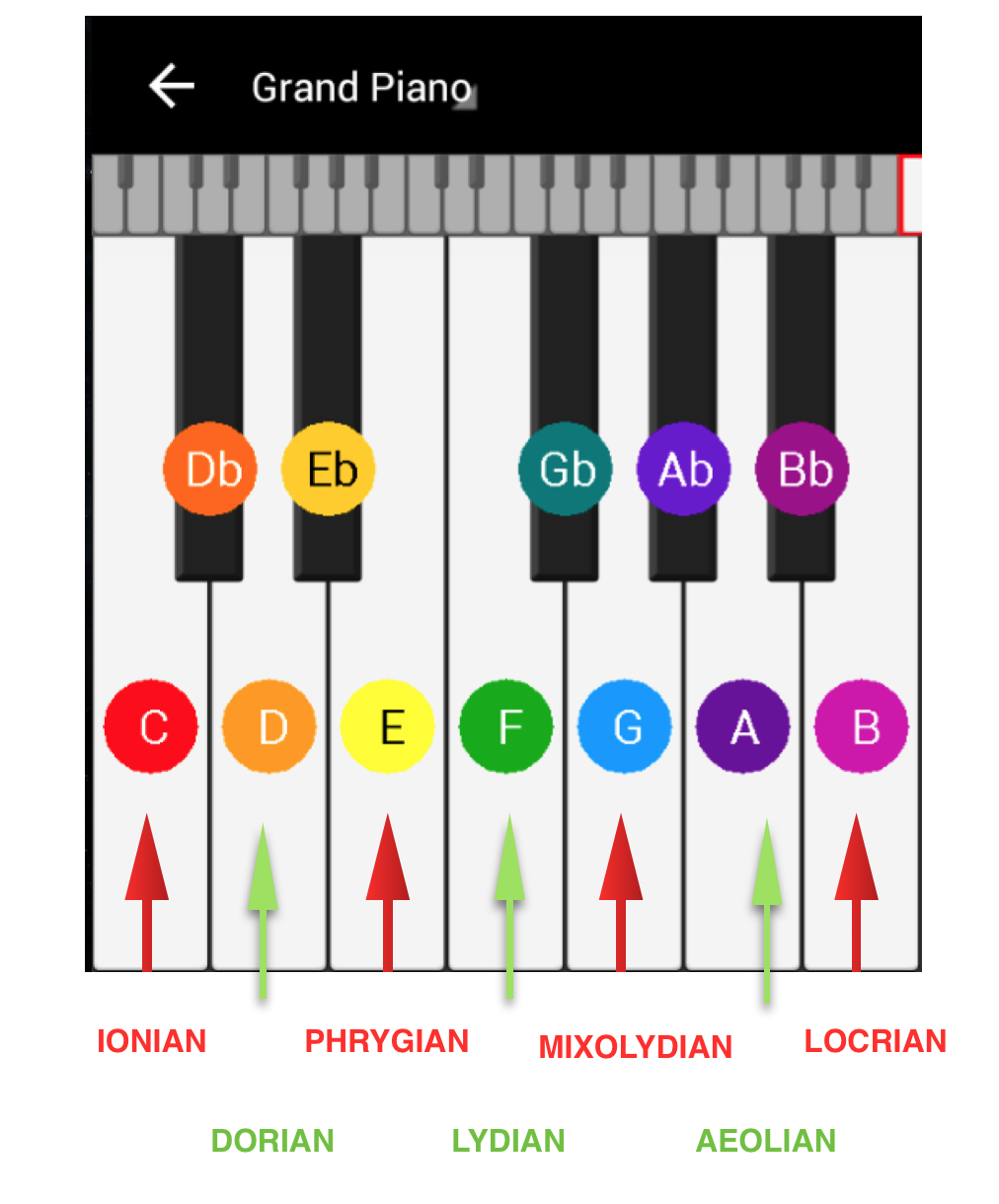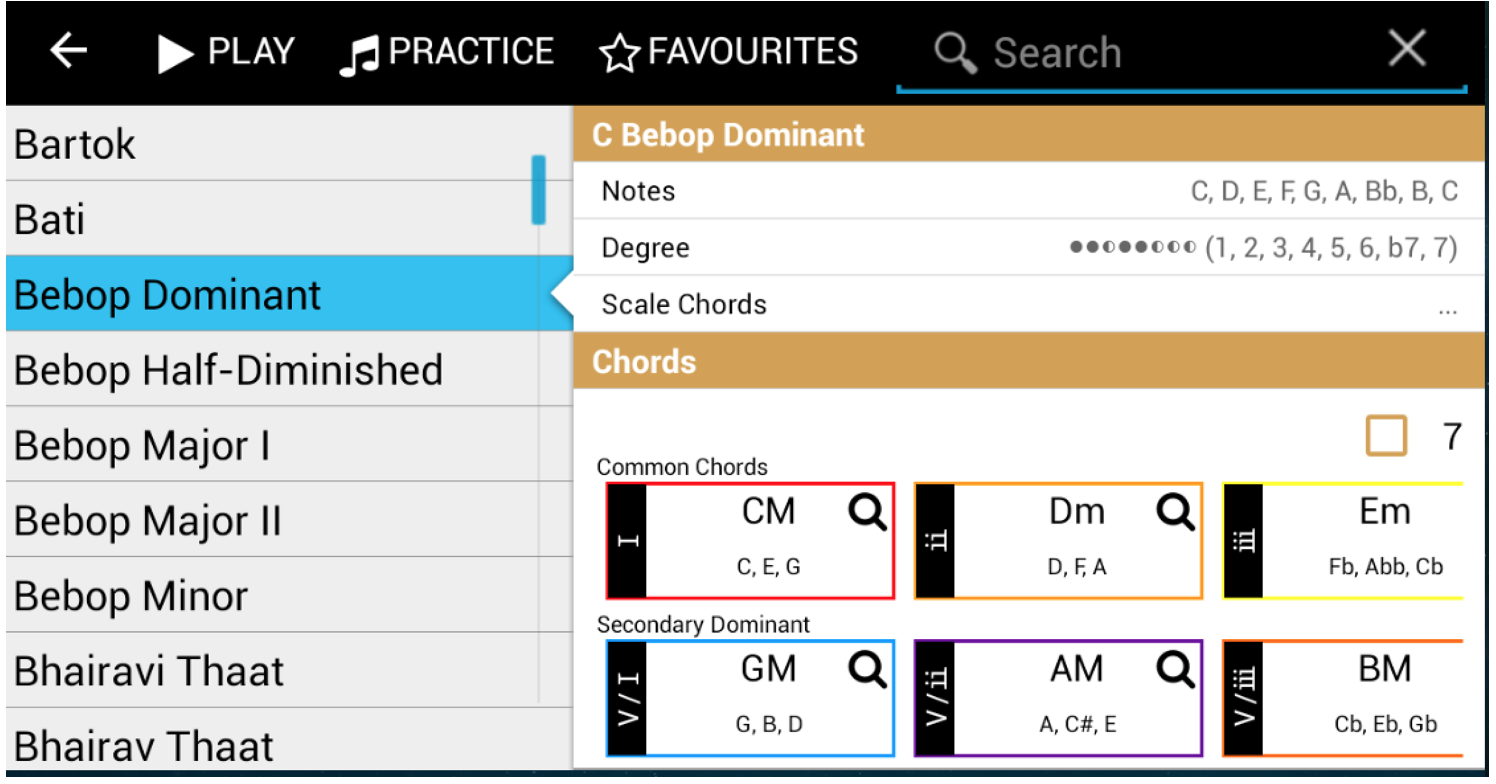
This time we are reviewing one of the most interesting topics regarding music theory that you can use right now: how to make a melody that fits into the chord progression. One of the things that puzzled me when I was new to composing is how can I deliberately know – not by ear only – which notes are “right” or “wrong” when it comes to guitar solos, piano solos, melodies for my voice and such stuff. I just went to play any scale formula I knew over the chord progression and hoped it to run alright…which not always did, obviously!
A Trip Down to Memory Lane
Remember when we talked about the chord tones for every scale? For each scale, you can build a chord over each note via overlapping thirds in it. Let’s take a look at it in C major:
G A B C D E F G E F G A B C D E C D E F G A B C I IIm IIIm IV V VIm VIIdim I
Also each note (and chord) will be called tonal degree in order to know their position among the given scale.
Once you know what notes belong to what chords, it will be easier to determine which notes are appropriate to put in, see where I am going here?
The Chord-Melody Theory
The Chord-Melody Theory is a musical resource that relies on the chord tones to make a choice when it comes to what notes are “right”! The process is quite simple, and I’m sure you will find it helpful:
- Make sure you got the chord progression right and break it down into chord tones
- “Right” notes for a melody will be those that are also a chord tone
- “Wrong” notes for a melody will be those that are not a chord tone, creating an effect called dissonance
- Passing tones are “wrong” notes placed beside a chord tone, thus bypassing the dissonance they create!
This way, we can realize how fairly easy is to create a melody or guitar solo if you master your chords and chord tones, so make it a no-brainer for yourself taking a time to practice and learn the chords of every major and minor key and the chord tones they are made of!
Let’s Practice!
Have a good listen to Kansas’ famous classic Dust in the Wind, which is also in C major, for our lesson:
Now let’s take the chord progression for the first line of the verse – 0:20 to 0:30 – and analyze it through the Chord-Melody Theory:
1.- Get the chord progression
2.- Let’s break it down into chord tones:
- C major: C – E – G
- G major: G – B – D
- A minor: A – C – E
Songtive helps you to do that by highlighting chord notes in the Melody editor as shown below:
Moment’s gone: D and E notes for the melody. D does not belong to A minor chord tones, but E note does! And since D is placed besides, it will be considered as a passing tone…making it sounds good!
How can I use it?
Well, it is time to get to the Songtive app and use our lesson!
- Enter the Songtive.com and start a new song (or for better sound quality use our iPhone/iPad/Android app)
- At the Song preferences tab select a key – I’m using C major for discussion purpose – select a time signature and sidescroll the metronome for setting the beat.
- In the line below just input any C major progression you like
- Go the Melody icon and start to select your notes for each chord!
- Keep in mind the Chord-Melody Theory when choosing your melody notes
- Experiment all around it so you can come up with a new song!







